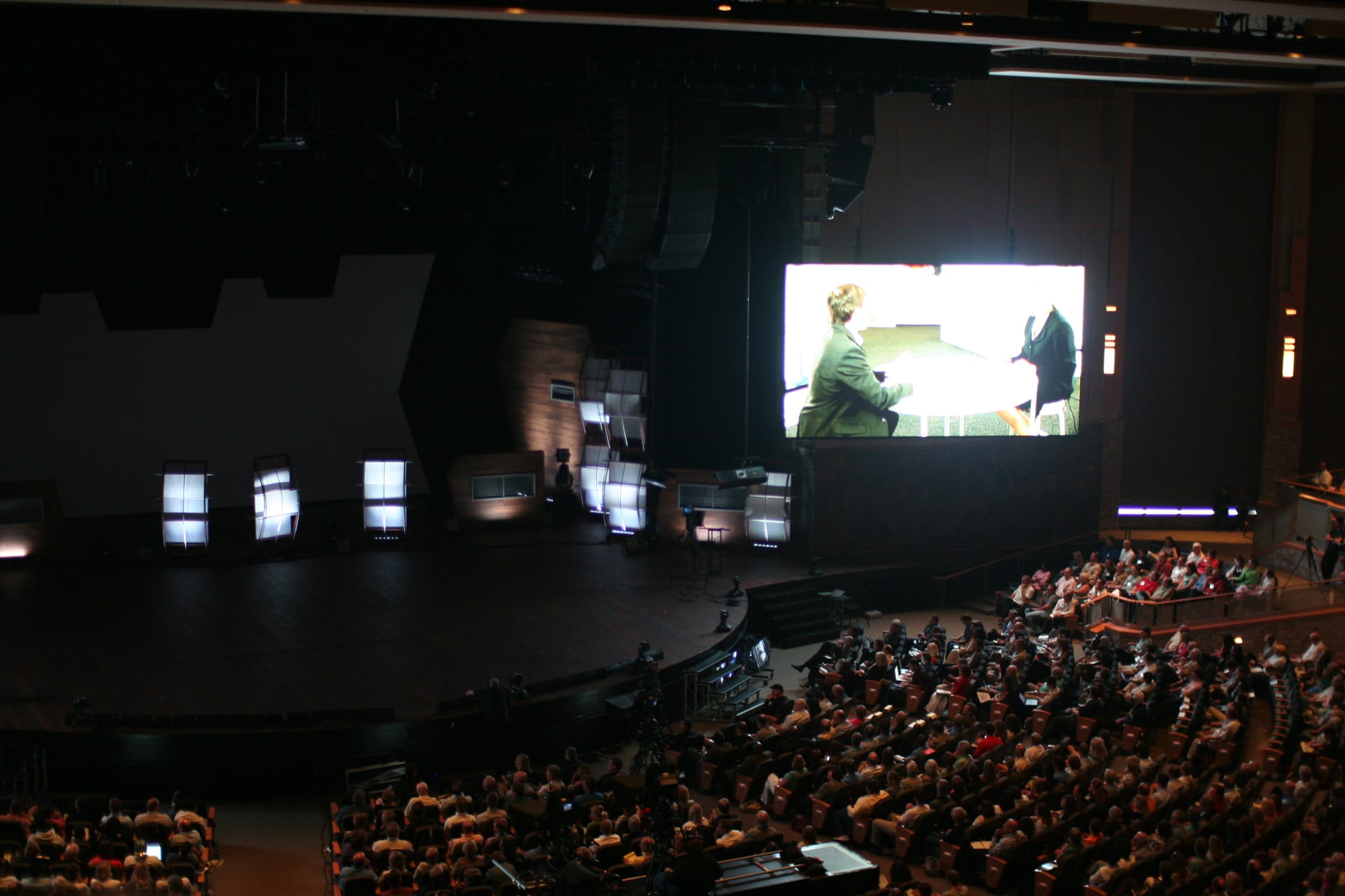Global Leadership Summit 2010 Day 2:Terri Kelly

From the conference notes:
President and CEO of W.L. Gore & Associates, a multi-billion dollar enterprise that is often profiled as an example of a unique leadership culture.
Employing 9,000 associates in 30 countries, Gore produces a diverse range of products, including GORE-TEX fabric, medical devices, filtration, and other advanced technology solutions.
A pioneer in adopting a non-hierarchical lattice-based management structure, Gore's "associates" become leaders based on their ability to gain the respect of their peers and to attract followers. Kelly earned the title of president and CEO in 2005 – one of the few titles within the company – following a peer-driven selection process.
W.L. Gore has appeared on all the U.S. "100 Best Companies to Work For" lists, and is included on many international lists of top workplaces.
From my personal notes:
- "Innovation requires an environment of collaboration."
- Gore evolved special task forces from his experience at DuPont into small teams across the company.
- Gore is a peer based organization – it's about helping other people's success, not just their own. It's about relationships.
- The "On-demand hierarchy" forms based on where the knowledge resides.
- Hierarchies assume that those above have more knowledge and are in the best place to make decisions.
- Gore is a "lattice organization" – we're all connected by a series of nodes.
- We don't tell people what to do or what projects on which they should work.
- Focus on specific areas is encouraged, but the ownership is theirs.
- Common formulation of rules is important: belief in the individual, small teams, we're all in the same boat, take a longer term view
- Success is not financially-driven alone.
- There is a lot of internal selling at Gore to get funding for ideas – a natural selection process comprised of passion and the ability to sell others.
- Associates want to work on projects where they can provide the greatest impact.
- Compensation is based on contribution – not title or role.
- Everyone at Gore has a "personal sponsor" to help them grow who is not their supervisor.
- Plants worldwide limited to 200-250 people each. It's an investment that brings a different level of engagement and gets people to reach out to other facilities – large facilities tend to discourage this from happening.
- This way of doing things is scalable at the global level. Founder Gore was challenged when going from 100 to 200 people, and the size of the company is now 9,000.
- The "waterline principle" says that if you're going to consider an investment, holes cannot be drilled below the waterline.
- Leadership at Gore is defined by "followership".
- Understanding and communicating the rationale behind decisions is important.
- "Distributed leadership roles" are encouraged at Gore as opposed to centralized roles concentrated in one person or a few people.